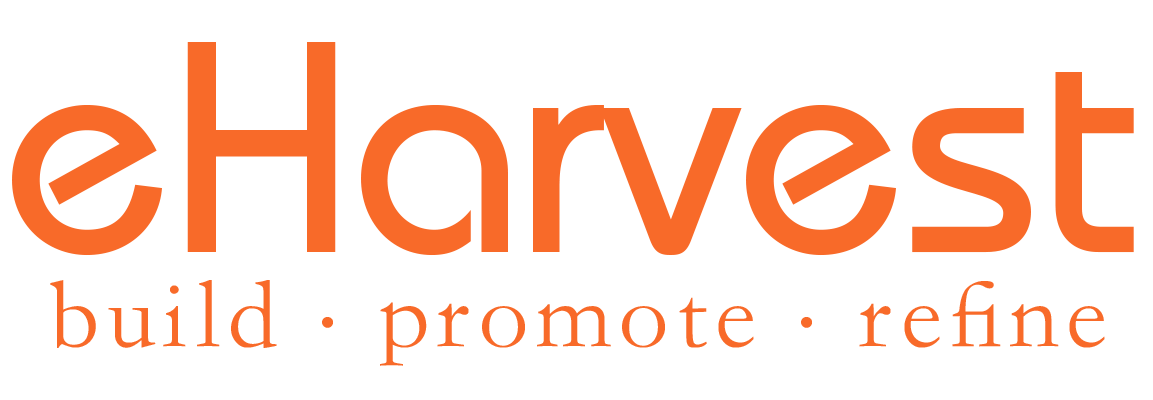Google Analytics 3 (GA3) was launched on October 18, 2007 and it’s going away on 1st July, 2023. This version of Google Analytics was replaced by Google Analytics 4 (GA4), which was launched on October 14, 2020. GA4 is the latest version of Google Analytics and offers new features and capabilities compared to GA3, such as improved cross-device tracking and enhanced data privacy controls.
What drives the development of GA4?
Google Analytics 4 (GA4) was in development for several years before its launch in October 2020. While Google has not provided an exact timeline of the development process, it has been reported that the development of GA4 began around 2017 or 2018.
During this time, Google was working on a new analytics platform that would be better suited to the changing digital landscape, which was increasingly focused on mobile devices, cross-device usage, and privacy concerns. The goal was to create a more flexible and adaptable platform that could provide deeper insights into user behavior across all touchpoints and devices.
To achieve this, Google developed a new event-based data model that would allow for more granular tracking of user behavior and engagement. They also incorporated machine learning capabilities into the platform, which can provide valuable insights and predictions based on user behavior patterns.
Overall, the development of GA4 was a significant undertaking for Google and involved multiple teams and stakeholders. However, the result is a platform that is better suited to the current digital landscape and provides more flexibility and insights for marketers and website owners.
The key differences between GA3 and GA4
Data Model: GA3 uses a session-based data model, while GA4 uses an event-based data model.
Tracking Code: GA3 uses the “ga.js” tracking code, while GA4 uses the “gtag.js” tracking code, which provides more flexibility and customisation options.
Cross-device Tracking: GA4 offers improved cross-device tracking capabilities compared to GA3.
User Interface: GA4 has a redesigned user interface that provides a more intuitive and streamlined experience compared to GA3.
Machine Learning: GA4 includes machine learning features that can help you uncover insights and make data-driven decisions.
Data Privacy: GA4 offers enhanced data privacy controls, including support for data deletion requests and user consent management.
Some of the GA3 functionalities are still missing in GA4
Custom Reports: GA4 does not yet have the same level of flexibility and customization options for building custom reports as GA3. However, GA4 does offer more built-in reports and dashboards that can be customized to suit your needs.
Goals: In GA4, goals are replaced by “events” that can be defined and tracked in a more flexible manner. However, some of the specific goal types and tracking options available in GA3 are not yet available in GA4.
Multi-Channel Funnels: GA4 now has support for multi-channel funnel reporting, which allows you to track and analyse the different touch points that lead to a conversion.
Remarketing: GA4 now has full support for remarketing features, including the ability to create remarketing lists based on user behavior and target those users with ads.
GA4 is designed to improve Google Ads’ smart bidding capability
Google Analytics 4 (GA4) is designed to make Google Ads perform better by providing more intelligence and data insights to advertisers. This includes improving Google Ads’ smart bidding capability, which is an automated bidding strategy that uses machine learning to optimise bids based on the likelihood of conversion.
With GA4, advertisers can track a wider range of conversion events and set up custom conversion events, which can provide more accurate and granular data for the Smart Bidding algorithm. GA4 can also track conversions across multiple touch points and devices, which can help the algorithm to better understand the user’s behavior and intent.
Additionally, GA4 provides more detailed reporting and analysis capabilities, which can help advertisers to identify trends and patterns in their data and optimise their bidding strategies accordingly. The platform can also provide machine learning-powered insights, such as audience insights, which can help advertisers to identify high-value audiences and adjust their bidding strategies accordingly.
Overall, GA4 is designed to provide more accurate and detailed data insights to the Smart Bidding algorithm, which can help advertisers to optimise their bids and achieve better performance from their Google Ads campaigns. This can ultimately lead to higher conversion rates, lower costs, and better return on investment (ROI) for advertisers using Google Ads.
What to look for on the GA4 roadmap?
Improved Integration with Google Marketing Platform: GA4 is expected to be more closely integrated with other Google marketing products such as Google Ads, Display & Video 360, and Campaign Manager 360. This will make it easier for marketers to measure and optimize their campaigns across multiple channels.
More Advanced Analysis and Reporting: GA4 is expected to offer more advanced analysis and reporting capabilities than the current version. This could include new machine learning-powered insights and predictive analytics, as well as more flexible custom reporting options.
Enhanced Cross-Device and User Journey Tracking: GA4 already offers improved cross-device tracking capabilities compared to Google Analytics 3, but further enhancements are expected to be added in the future. This could include more granular tracking of user behavior across different devices and channels, as well as more detailed user journey reporting.
Better Privacy Controls and Data Governance: Google has been making significant changes to its data privacy policies and regulations, and GA4 is expected to be updated to reflect these changes. This could include more granular user consent management options and enhanced data deletion capabilities.
Expanded E-commerce and Conversion Tracking: GA4 already offers full support for e-commerce tracking, but there are likely to be further enhancements to this feature in the future. This could include more detailed transaction reporting, improved product and inventory tracking, and more advanced conversion attribution modeling.
It’s important to note that the exact timeline and scope of these deliverables are not yet known, and Google is likely to make changes and adjustments to their plans based on user feedback and market trends.
